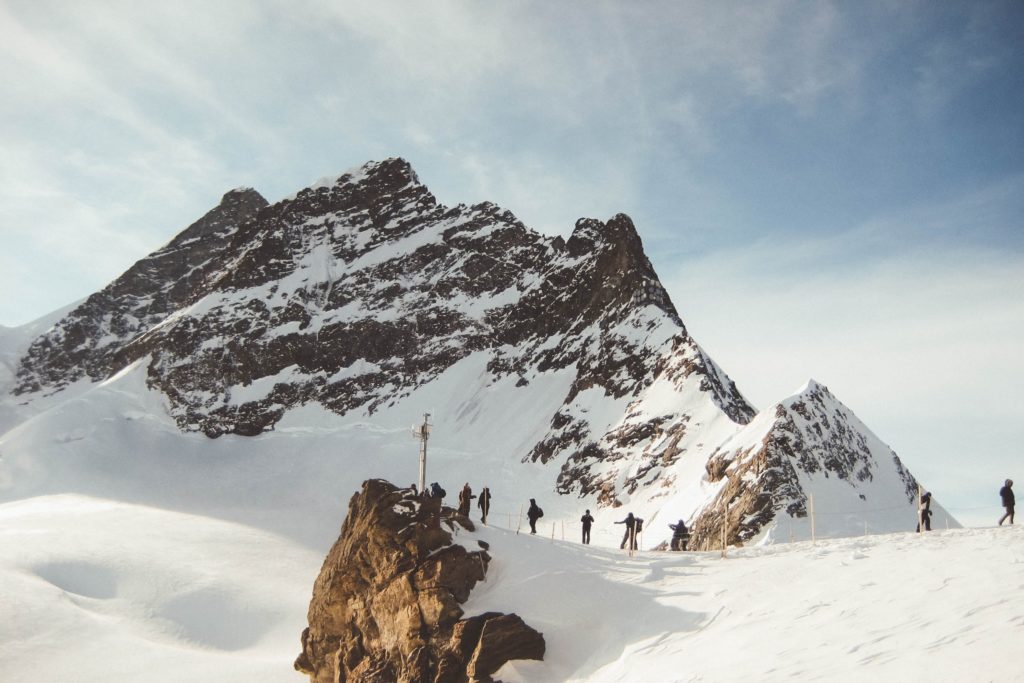Whether you’re preparing for medical school, in medical school, practicing medicine, or interested in learning how you can aid in the outdoors, we have a course for you.
Get hands-on experience to bolster your medical school application
Receive a backstage pass to the admissions process and find out how to build a thriving career in healthcare
Learn aspects of specialized environmental medicine disciplines, such as Marine Medicine in the Channel Islands National Park, and Tropical Medicine in Costa Rica
Diverse courses offered to CU Medical School students designed to teach medicine in extreme or austere environments.
Courses are engaging, hands-on and taught by world-class faculty.
Earn certifications to bolster your medical resume.
Learn safe, backcountry winter travel at the iconic 10th Mountain Huts in the Colorado Rockies
Earn your Wilderness First Aid Certificate.
Learn what to do if your dog has a medical emergency while hiking.
Augment your hospital or clinic based medical skills while considering care in remote destinations.
Learn to be an asset to your community in a humanitarian disaster
Go to Mars (well… the Mars Desert Research Station in Utah) for a simulated mission as a flight surgeon. Earn CME credits.

We are a university-based enterprise dedicated to promoting education, research, and outreach to advance health and wellness in extreme or austere environments. Our goal is to have the most comprehensive program of its kind in the world, setting the standard of excellence in scholarship.
Our work with our community and the students of health sciences in all levels includes:
Students that take our courses come out educated, confident, and prepared.
ABOUT US
The Section of Wilderness and Environmental Medicine is a university-based enterprise to promote research, clinical best practice,education, and outreach to advance health and wellness in extremeor austere environments.
Copyright © 2022 University of Colorado
Department of Emergency Medicine